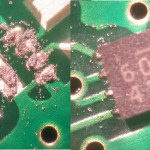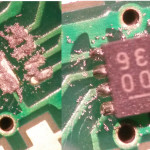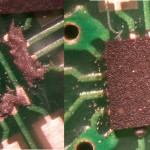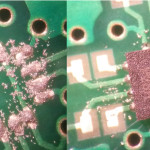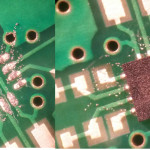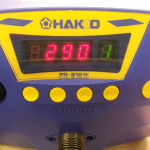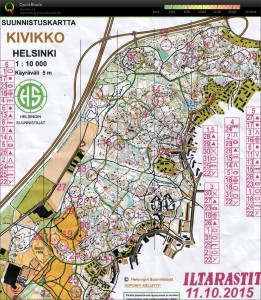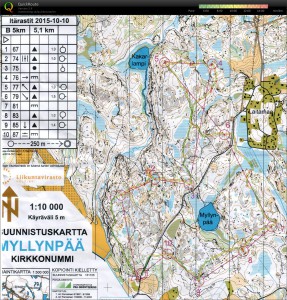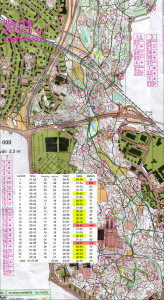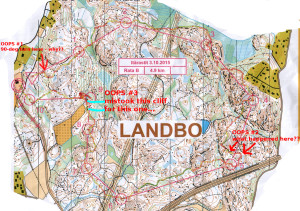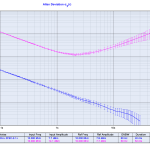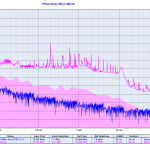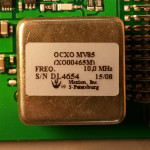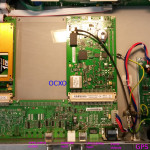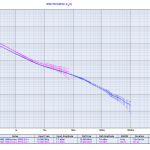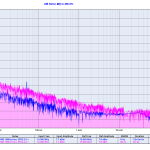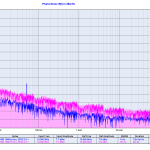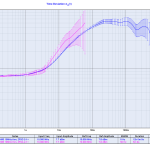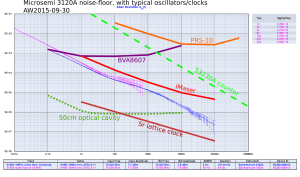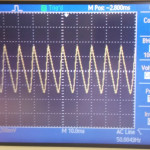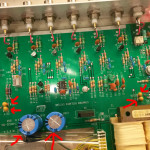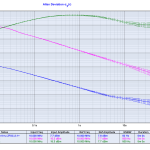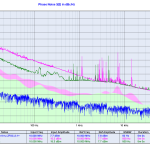I soldered some quite small SMD parts today using solderpaste and a Hakko FR-810 hot-air rework station.
The smaller part is an 8-pin 2.0 mm x 2.0 mm MLF-8 packaged logic buffer. 0.5mm pin pitch. See page 17 over here.
The large part is a 14-pin 2.5mm x 2.5mm UQFN-14 packaged op-amp. Also 0.5mm pin pitch. Dimensions and footprint available here.
I had to rework one chip manually with a soldering iron because I applied too much solderpaste. Otherwise things seems to have gone smoothly. I applied the solderpaste manually using two disposable scalpels - getting the amount and location of solderpaste right took quite a long time. I then positioned the chip on the footprint and applied hot air. On the FR-810 I used the lowest air-flow setting "1" and a temperature of 290 C. When the solderpaste melts it pulls the chip into position if things go well.
